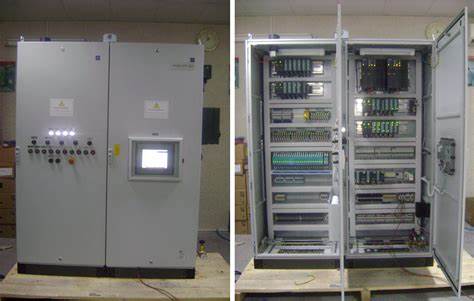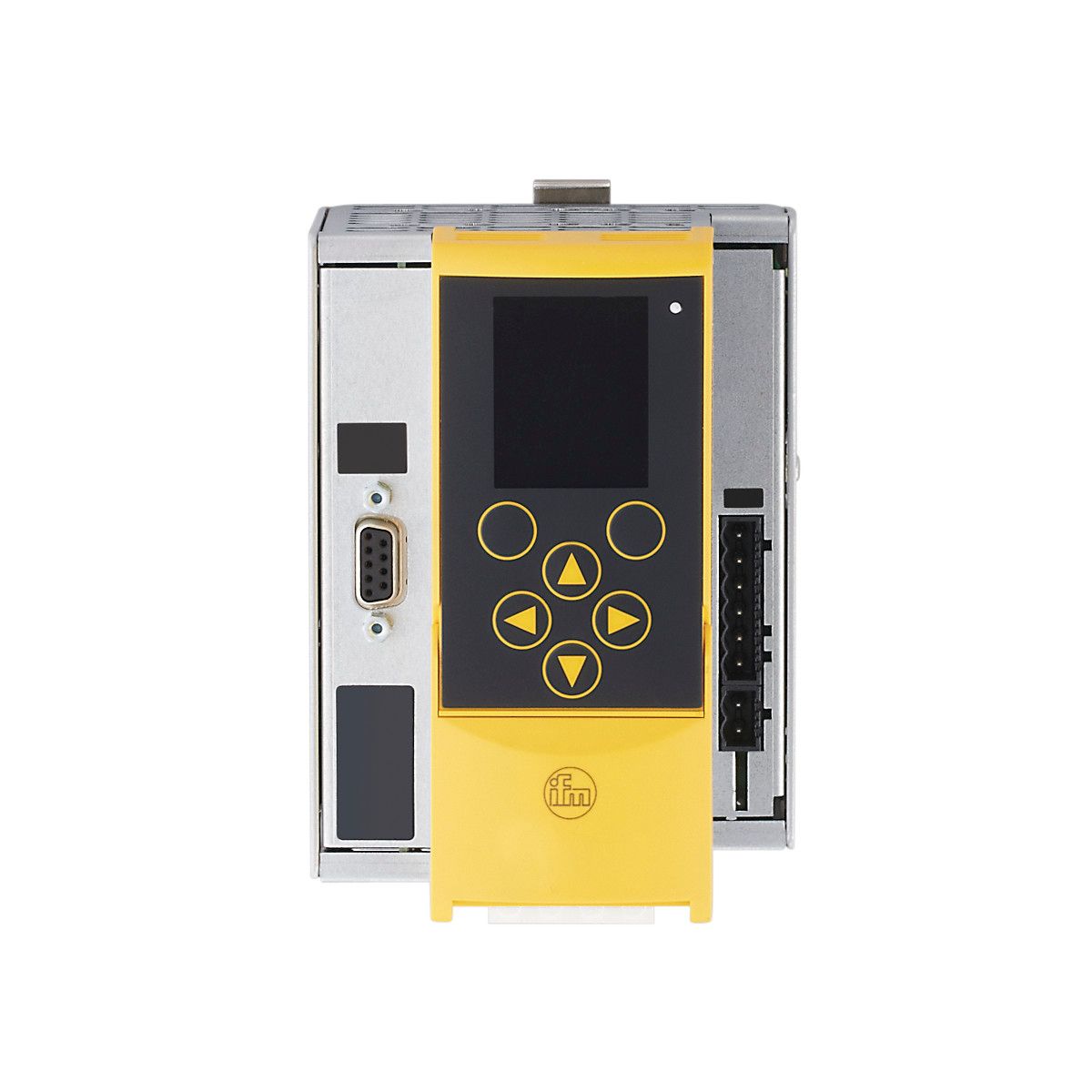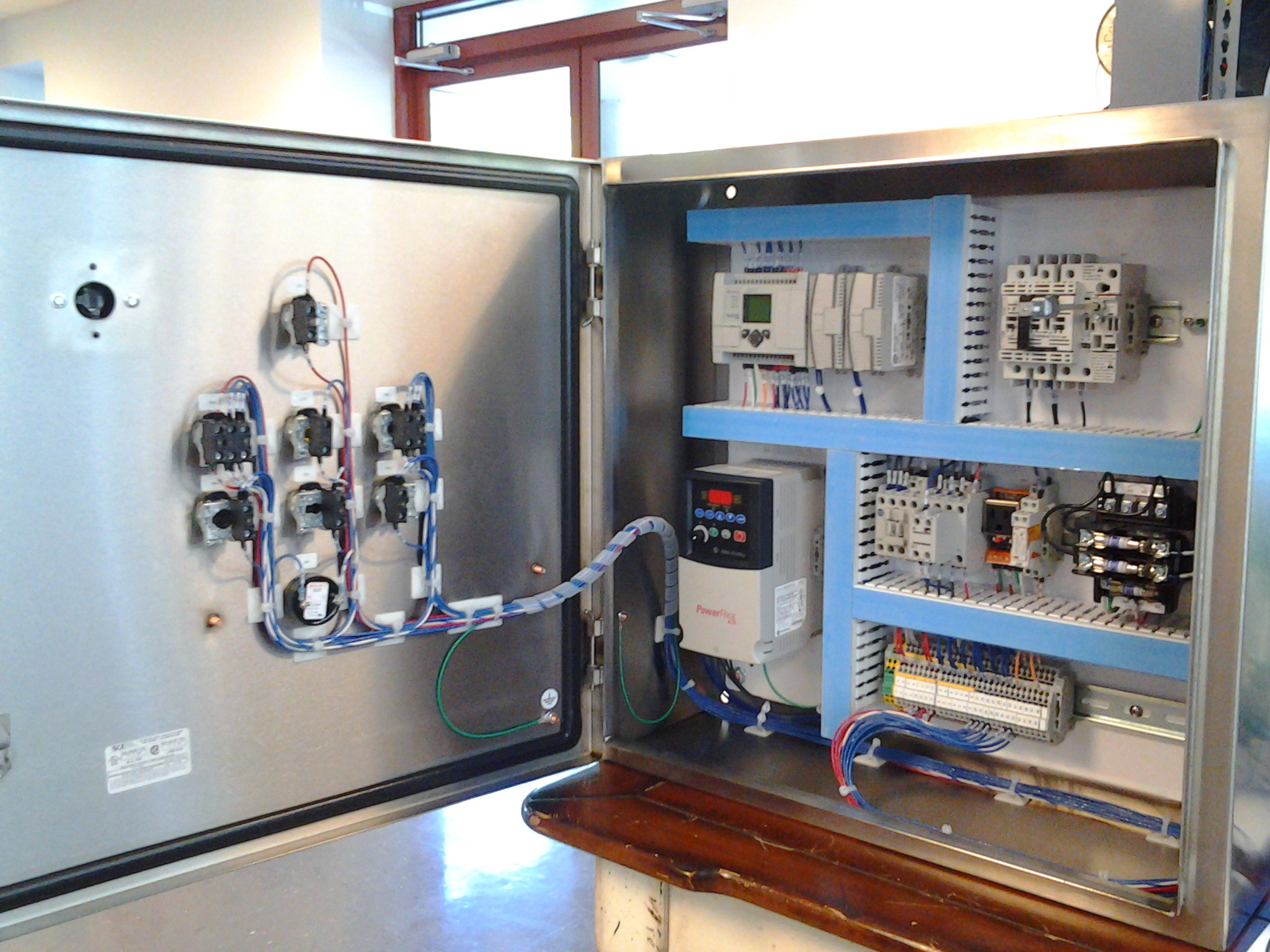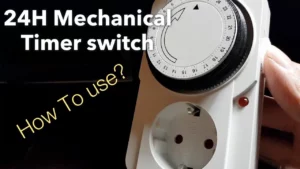The built-in control capability of vfd pushes machine intelligence to the edge.
Jeff Payne, AutomationDirect’s product manager, wrote an article for the March 2019 issue of Design World, titled: vfd for integrated PLCs for motion and machine control: programming and setup considerations. Payne explained how AC drives can be controlled by external or internal PLCs, and how to integrate these drives.
Although AC drives can operate independently, they are often integrated into automation systems to control the speed of three-phase AC motors that normally run conveyors, fans, and pumps. For this kind of speed control, AC drives are usually paired with plc. But AC drives are becoming more and more intelligent… Some now include built-in plc as smart drives.
1. Overview of AC drives
Payne explained that AC drives are often called variable frequency drives (VFD), adjustable frequency drives (AFD) or frequency converters.
We use the term variable frequency speed regulation because its main function is to change the speed of a three-phase AC induction motor. As well as preventing overloads, non-emergency start and stop, and accelerating and decelerating, the VFD also provides motor overload protection.The working principle of vfd is to rectify the input AC power supply to a DC power supply, and then reverse the DC power supply back to a three-phase AC output power supply. The voltage and frequency of this reverse output power are controlled by the driver to change the speed of the three-phase AC induction motor.
VFDs can be controlled discretely (two-wire or three-wire control), analogically or digitally. A two-wire control setting provides a run command input and a direction input to the drive. The drive is controlled with three wires, and the stop command is added to the drive control input.
Two-wire or three-wire drive control method can be through manual button, PLC activation relay output, or PLC discrete signal output. Other functions, such as jogging, variable speeds, acceleration control, and deceleration control, may also be programmable.Many vfd, such as AutomationDirect durpulse GS4 series AC drives, can be controlled and monitored by an external PLC.
2. Digital communication between plc and vfd
In addition to discrete and analog inputs, PLCs usually use digital communications such as Modbus ASCII and Modbus RTU or through industrial Ethernet protocols created specifically for real-time control to control vfd. Payne said that this two-way digital communication usually allows the PLC to control all drive commands, monitor all drive parameters at the same time, and read drive variables, status and fault codes. This may include more than 100 commands, parameters, status and fault codes.
The monitoring and control functions of the pre-programmed drive (through discrete communication) make the system more intelligent. A serial or Ethernet link is required between the PLC and the drive; for Ethernet, a hub or switch is also required. The ability to configure, control, and monitor PLC drives through digital communication contributes to future automation systems.
3. AC drive with built-in PLC
The PLC control of vfd is very developed, there are many control, configuration and monitoring options. However, edge devices are becoming more and more intelligent, and so is the vfd with built-in plc. These VFDs provide all the precise variable speed control functions provided by a separate PLC control drive, but in a compact package, there is no need to integrate the PLC and drive.
This kind of intelligent drive usually has a built-in operation interface panel and a soft plc. Through the interface panel, you can control the VFD and view (and adjust) its parameters.
These WEG-CFW300 AC drives from AutomationDirect provide high performance in a compact size, as well as a built-in operation interface and soft plc. They eliminate the need to purchase, install and integrate external PLCs and drives.
The software can be downloaded from a PC to a drive’s port via a USB connection to create customized control schemes, which can be programmed in the SoftPLC part of the drive.
4. Drive application
Intelligent conveyor belts are used in kneaders, mixers, and packaging machines. Payne said that other typical applications include fans, exhaust, centrifugal pumps, pelletizers, palletizers, agitators, and conveyor belt control.
To properly operate a VFD and trigger a solenoid output, many conveyor and gate applications require monitoring the input from several sensors.
A VFD with a built-in soft PLC can monitor sensors and run programming logic to deliver products appropriately.
A smart driver with a built-in PLC, carefully selected to meet full load current, overload and temperature requirements, can monitor sensors, make program decisions, and control the driver and field devices.
In a range of applications, smart drives can usually control the entire machine or system, helping to eliminate the need to purchase, install, and integrate separate PLCs and operator interfaces.












